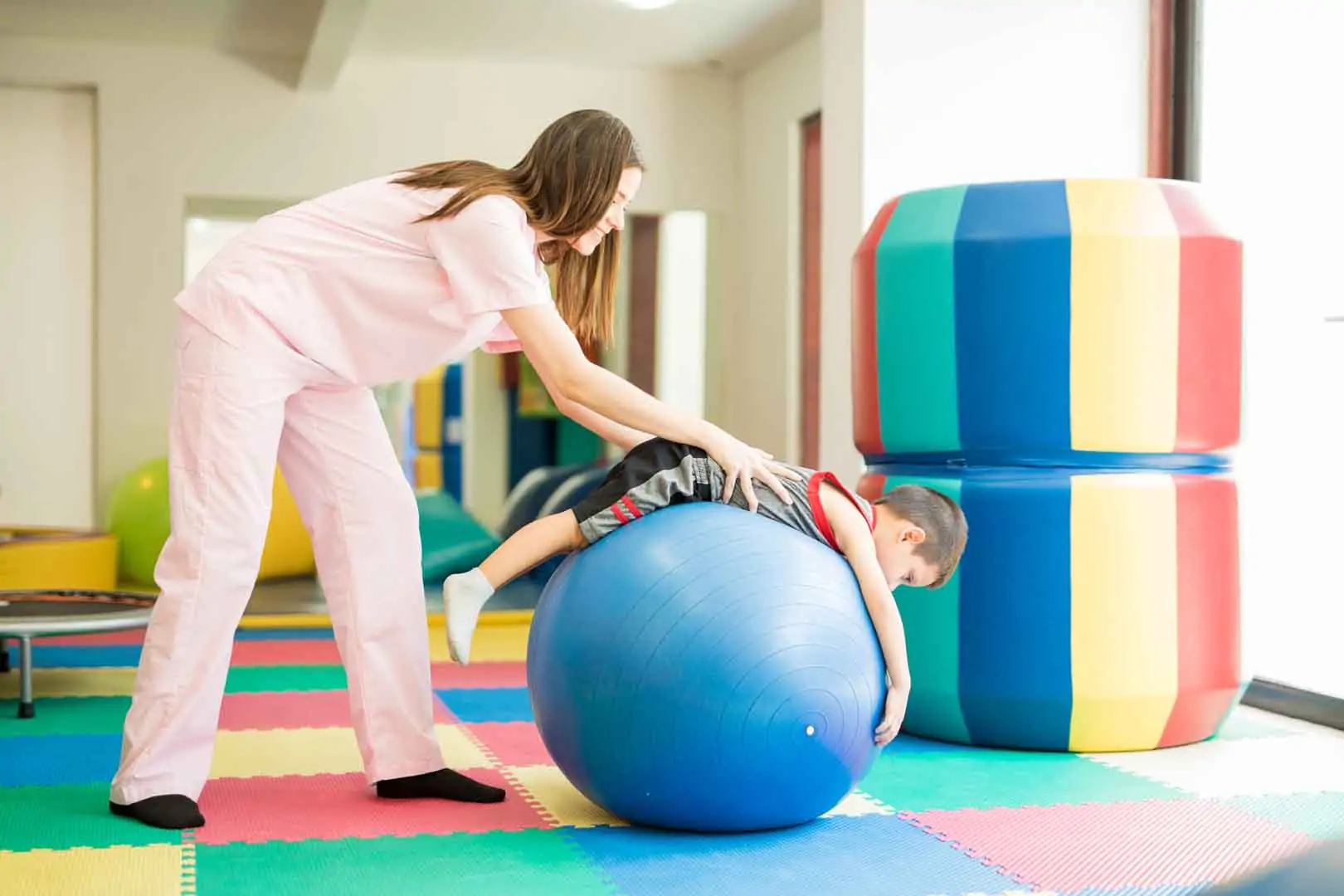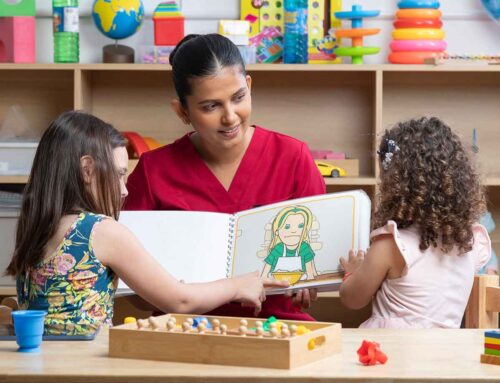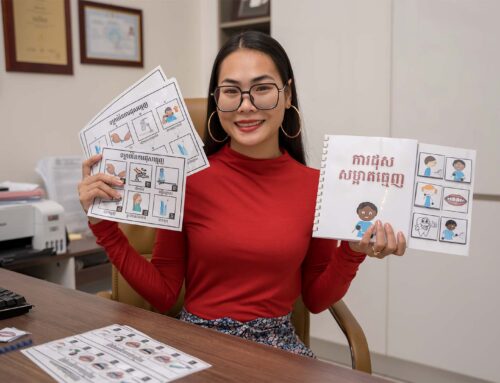For many families, independence isn’t a single milestone—it’s a series of small, meaningful wins. How occupational therapy builds independence in children with autism is through targeted practice of everyday skills, sensory regulation, and confidence-building routines. At OrbRom Center, our occupational therapists design practical sessions that fit each child’s goals and family routines, supporting children in Phnom Penh who need structured, evidence-based help.
What “independence” looks like for autistic children
Independence means getting dressed, managing mealtimes, following routines, joining play, and participating at school. OT breaks these big goals into teachable steps: posture and core strength for sitting and writing, hand skills for buttoning and using utensils, and self-regulation to handle noise, crowds, or transitions. If you’re new to the field, start here: What is Occupational Therapy?
Sensory regulation comes first
Many daily challenges are sensory in nature—sounds feel too loud, tags too scratchy, or movement too still. OT uses sensory-integration approaches to help kids notice, organize, and respond to input more comfortably. Calmer bodies learn better. Explore how this works in practice: Sensory Integration Therapy and why a well-designed space matters: Benefits of a Sensory Room.
Building daily living skills step by step
Therapists use graded activities and visual supports to teach dressing, toothbrushing, organizing school items, or using a visual schedule to start and finish tasks. Repetition plus just-right challenge grows real independence. See more foundations here: Occupational Therapy for Children and how OT translates into practical wins: How OT Helps Children Develop Independence.
Home routines & school carryover
Parents and teachers are part of the plan. We share short, doable strategies families can use at home—like a consistent morning routine, a simple choice board at mealtimes, or movement breaks before homework. In classrooms, we recommend seating, pencil grips, visual timers, or noise-reducing tools so children stay engaged without overwhelm.
Getting started at OrbRom Center
If you’re unsure where to begin, a developmental review helps pinpoint priorities and set measurable goals. Book Occupational Therapy at OrbRom to create a personalized plan that fits your child and your family’s week:
With consistent OT and clear home strategies, how occupational therapy builds independence in children with autism becomes visible in everyday life—less frustration, more “I can do it,” and growing confidence in real-world routines.






